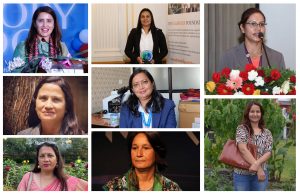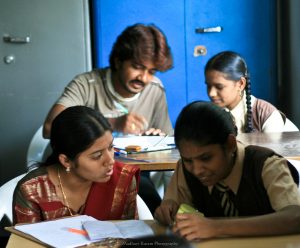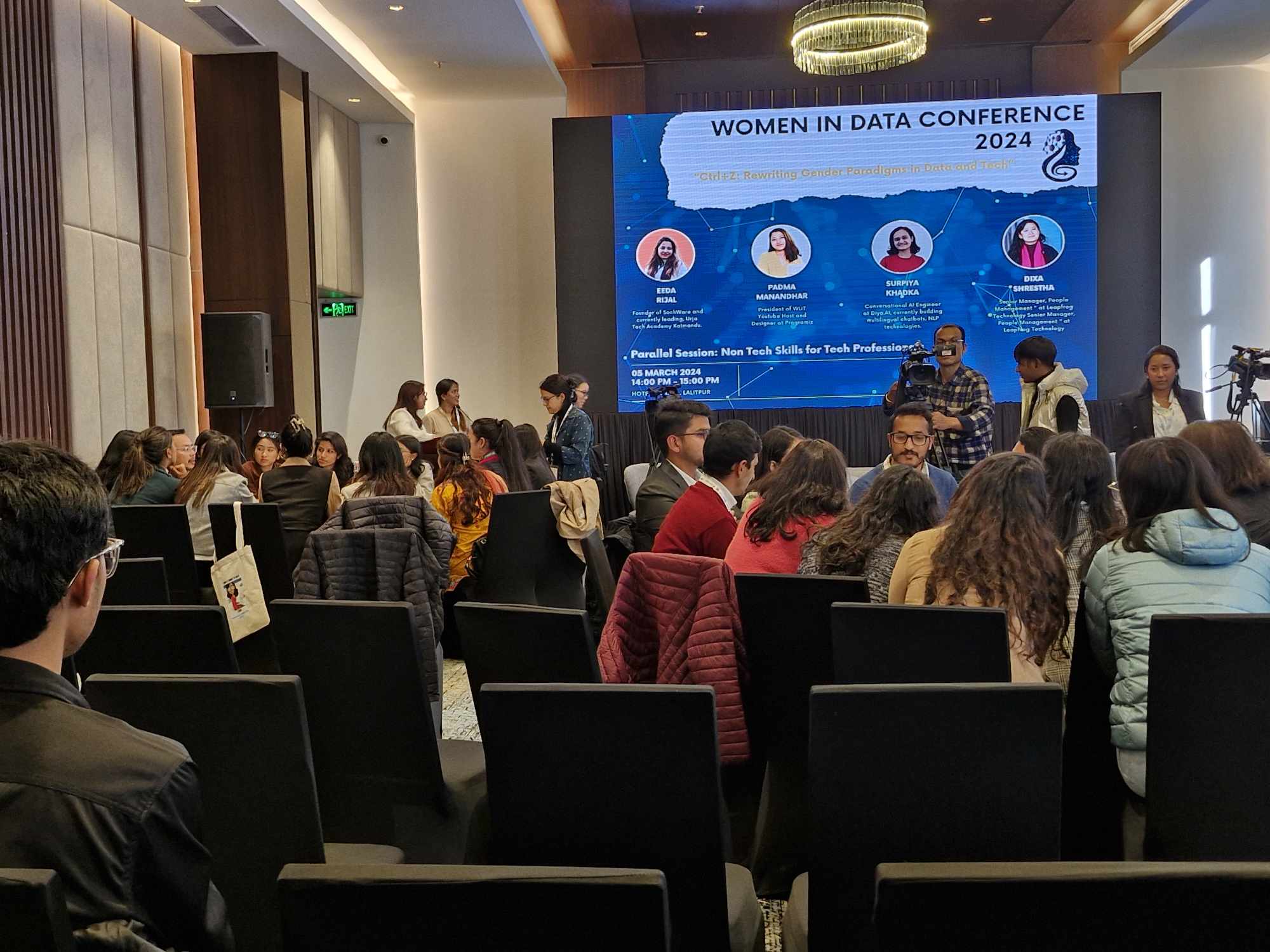
The tapestry of Science, Technology, Engineering, and Mathematics (STEM) is enriched by the ever-growing contributions of women. This is particularly true in South Asia and Nepal, where cultural norms have traditionally steered women away from these fields.
However, the narrative of women in STEM in this region is a powerful testament to their resilience and innate brilliance.
Historical obstacles in South Asia and Nepal
Historically, mirroring global trends, the STEM landscape in South Asia and Nepal has been largely dominated by men. Women with STEM aspirations faced a multitude of challenges, including:
- Societal Expectations: Traditional gender roles often directed women towards domestic duties and discouraged them from pursuing careers in science and technology, which were perceived as male domains.
- Limited Access to Education: Unequal access to quality education, particularly in rural areas, further limited opportunities for girls to develop foundational skills in STEM subjects.
- Financial Constraints: Financial constraints within families often prioritized education for sons over daughters, further hindering women’s access to STEM education and careers.
- Lack of Role Models: The scarcity of prominent female figures in STEM fields discouraged young girls from pursuing these paths, creating a self-perpetuating cycle.
Shattering stereotypes: The rise of exemplary role models
A turning point came with the emergence of extraordinary women who shattered stereotypes and boldly ventured into STEM. Pioneering figures like:
- Dr Kalpana Chawla (India): The first Indian-origin woman in space, inspiring countless young girls to dream big in STEM fields.
- Dr Lhamu Sherpa (Nepal): The first Nepali woman to summit Mount Everest multiple times, demonstrating exceptional physical and mental strength in a traditionally male-dominated domain.
- Professor Asima Chatterjee (India): A leading organic chemist who made significant contributions to medicinal chemistry, paving the way for future generations of female chemists.
- Dr Samira Amin (Bangladesh): A renowned physicist who played a pivotal role in establishing the country’s first physics research institute, defying societal expectations for women in science.
These women, and many others, became icons of grit and determination in the STEM domain. Their accomplishments served as a source of inspiration for countless young girls, demonstrating the vast potential for women in these fields.
Data-driven progress: Numbers tell the story
Recent data paints a picture of encouraging progress, although significant gaps remain:
- India: Women now comprise a significant portion of STEM graduates – 35% in computer science and 29% in engineering (All India Council for Technical Education, 2023). However, only 12% of STEM researchers in India are women (UNESCO Science Report, 2021).
- Nepal: While the exact number of female STEM graduates is not readily available, enrollment rates for girls in secondary education have reached 77% (UNESCO, 2021). This rise in educational attainment is expected to translate into a larger pool of female STEM graduates in the coming years.
- Pakistan: A 2020 study by the Pakistan Council of Research in Water Resources found that only 23% of STEM professionals in the country are women.
These statistics highlight the need for continued efforts to bridge the gender gap at all levels of STEM education and careers.
Trailblazers Across Diverse Fields
Women are not only entering STEM fields but also forging paths of excellence in various disciplines. Here are just a few examples:
- Biotechnology: Dr. Kiran Mazumdar-Shaw, the visionary founder of Biocon in India, revolutionized the country’s biotechnology landscape.
- Environmental Science: Dr. Richa Audichya, a leading environmentalist in Nepal, spearheads the fight against air pollution, advocating for sustainable practices.
- Engineering: Dr Aditi Sinhal, an Indian aerospace engineer, played a crucial role in the development of India’s Mars Orbiter Mission (Mangalyaan).
- Mathematics: Professor Rizwana Hasan, a Pakistani mathematician, is a leading expert in algebraic geometry, challenging traditional notions of women’s capabilities in this complex field.
- Information Technology: Saadia Zahidi, the CEO of a leading tech company in Bangladesh, is a role model for young women aspiring to leadership positions in the tech industry.
Challenges Remain: Persisting gender parity issues
Despite these noteworthy strides, gender imbalances persist in STEM education and leadership roles. According to UNESCO, the global average of female researchers is only 33.3 per cent, with South Asian and Nepalese figures likely falling below this benchmark.
This underscores the need for sustained efforts to cultivate a truly inclusive STEM environment, one that actively encourages and supports women throughout their academic and professional journeys.
Investing in the Future: Empowering the next generation
Initiatives like “Women in STEM South Asia” and “Nepal Women in Science” are actively working to bridge the gender gap. These organizations provide invaluable support and mentorship for the next generation of female scientists, engineers, and mathematicians. Here are some specific examples of their work:
- Mentorship Programs: Connecting young women with established female professionals in STEM fields fosters a sense of community and provides guidance on navigating academic and career challenges.
- STEM workshops and summer camps: These interactive programs introduce girls to exciting areas of STEM through hands-on activities, experiments, and guest lectures from inspiring women in these fields.
- Scholarship and financial aid programs: Financial assistance removes a significant barrier for girls from underprivileged backgrounds who aspire to pursue STEM education.
- Advocacy for policy changes: Lobbying governments and educational institutions to implement policies that promote gender equality in STEM education and workplaces.
Closing the gap: Recommendations for moving forward
Several key actions can further accelerate progress towards gender parity in STEM across South Asia and Nepal:
- Early intervention programs: Introduce STEM concepts and role models to girls at a young age, particularly in primary schools, to spark their curiosity and challenge traditional gender stereotypes.
- Unconscious bias training: Educate educators, employers, and policymakers about unconscious bias and its impact on women in STEM fields. This training can help create a more equitable environment for women to thrive.
- Flexible work arrangements: Offering flexible work schedules and childcare options can be particularly beneficial for women with families, allowing them to balance professional and personal commitments.
- Celebrating female role models: Amplifying the achievements of women in STEM through media campaigns, conferences, and awards ceremonies will inspire future generations and showcase the diverse contributions of women in these fields.
A brighter future for STEM
The journey of women in STEM in South Asia and Nepal is a captivating story of resilience and determination. While challenges remain, the unwavering dedication to dismantle barriers and explore uncharted territories is undeniable. Looking ahead, the future of STEM in this diverse and dynamic region is brimming with potential.
With continued support, mentorship programs, and targeted policies, the coming years will surely witness a surge in female leadership across STEM fields. The women of South Asia and Nepal are not just making history; they are actively shaping the future of science and technology for the better.
























